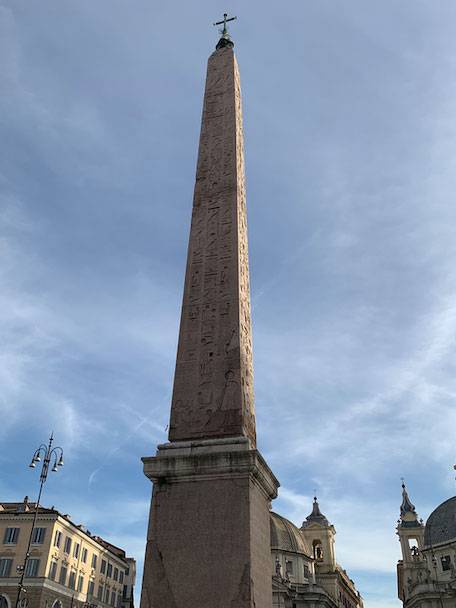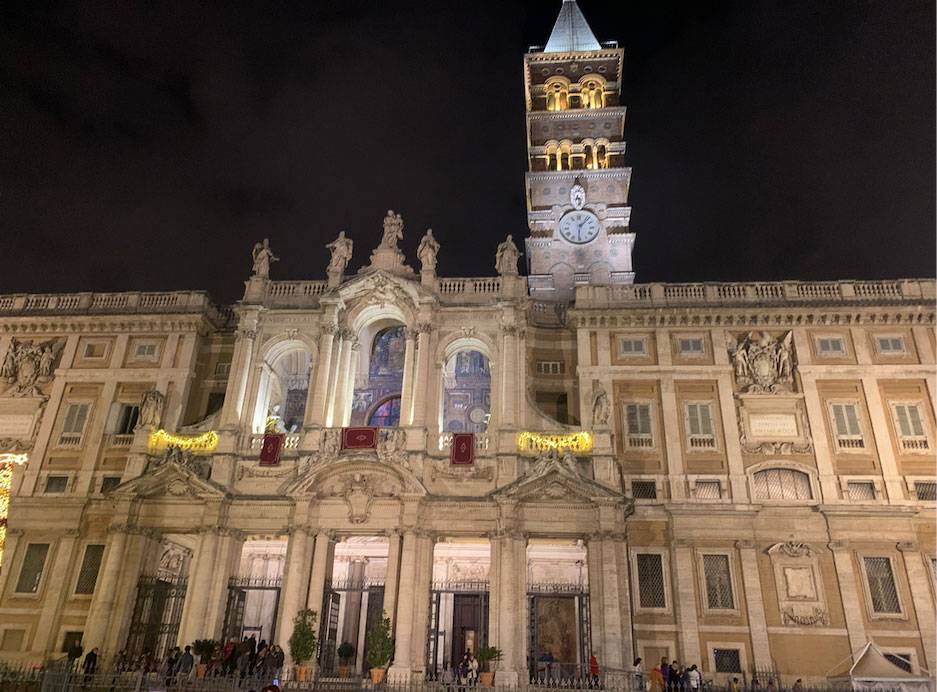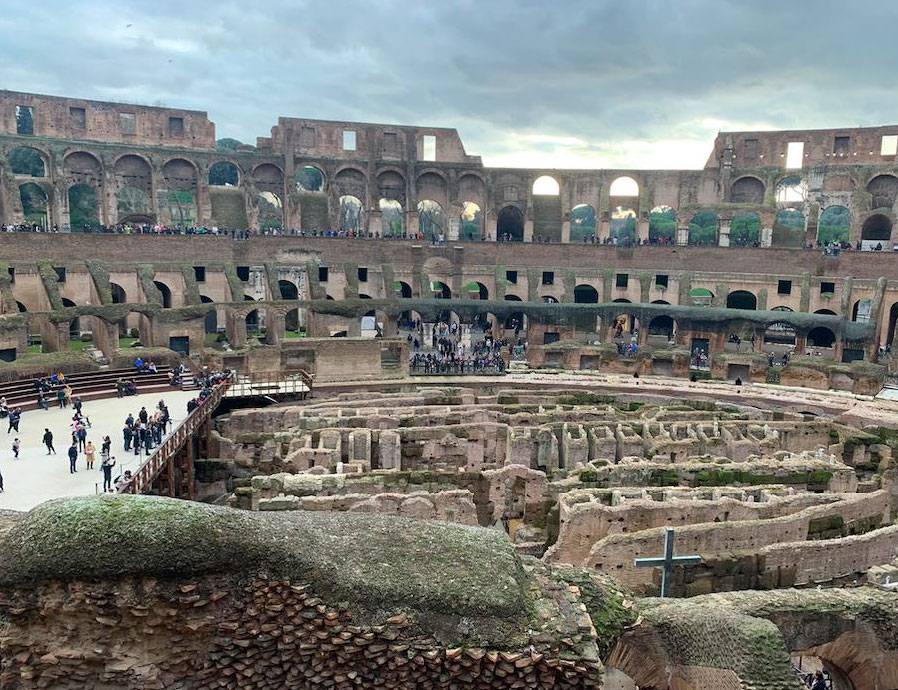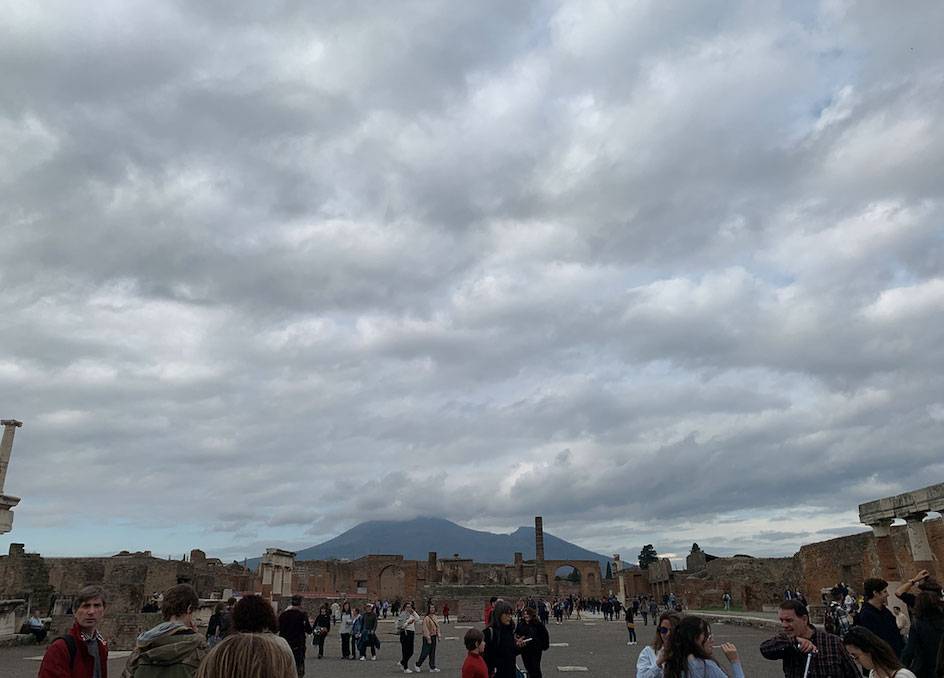Since I was a kid, I loved to travel and see different parts of the world. I was always especially fascinated by the monuments and architecture from past civilizations. Because of this, I wanted to design an AMS project in which I could place my admiration for architecture in an academic framework. So for my second AMS funded project, I decided to explore different historical sites in Rome and the nearby area. I was particularly interested in seeing how architecture in Rome has changed over time, both as a whole and within individual sites. I did not limit my focus to just the Roman Empire and instead chose to look at many different eras. I hoped to design a final project that showed how cultural and historical changes could be manifested in physical structures. Therefore, I have looked at structures in Rome from as far back as 2000 BC (Egyptian obelisks) and as recently as 1932 (Mussolini’s Obelisk), across different forms of government and society.
As I visited different sites, I tried to capture the structure and architectural features I thought to be most important. For my final project, I paired the pictures with a summation of the research I conducted. At the end of each summation, I tried to tie the physical components of the structure into an overarching theme. I thought this would be more of a challenge than it actually was because, as it turns out, architecture in and around Rome has amazing examples of change over time. Many ancient Roman structures were torn down, renovated, rebuilt, or added to over millennia. Therefore, at any given historical site, I could observe stylistic elements from ancient Rome, the Middle Ages, the Renaissance, even up to the present day. In addition to outlining the physical changes in style, I drew connections to changes in government or culture, even extending the relevance to modern day democracy and fascism.
Another important theme throughout the project was the emergence and rise of Christianity. I visited many different sites that had religious significance, some of which started as places of polytheistic worship and then were converted to places of Christian worship. The Vatican has a very heavy influence on a lot of the Christian architecture in Rome, even if the sites are not directly located within the Vatican. A lot of the places I visited had buildings commissioned by, lived in, or influenced by various popes throughout history. Finally, some smaller themes in my project were international cooperation and tension, cultural appropriation, tourism, and privatization.
Featured in my final project are as follows: the Spanish Steps, Egyptian obelisks, the Pantheon, the Colosseum, the Roman Forum, Galleria Umberto I, Santa Maria Maggiore, Pompeii, the Trevi Fountain, Castel St. Angelo, the Florence Cathedral, and various pieces of fascist architecture. The amount of architectural masterpieces and well-documented history in Rome is unparalleled. I felt it was immensely important to contextualize buildings in the era they were built, but also with respect to the eras preceding and following. History was never my favorite subject in school because to me it seemed so far removed from my world. Being in the actual place of Roman castles or the earliest Christian churches was awe-inspiring and motivated me to learn more about their meaning.
I remember standing in the central square in Pompeii and looking onto Mt. Vesuvius. I thought about what it would have been like to see the volcano erupt. I envisioned what it looked like and how the citizens must have felt. Seeing into the past through architectural clues and drawing meaning into the present gave the history in Rome an incredible importance to me, one that cannot be replicated in any other way.



